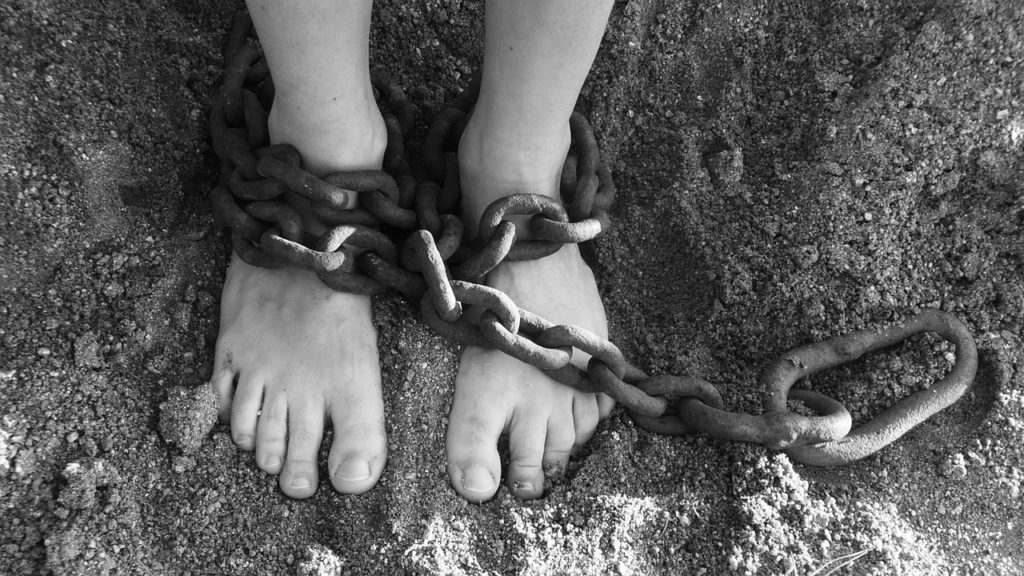WILLS POINT, TX – June 30th marked the World Day Against Trafficking in Persons. UN Secretary-General Antonio Guterres remarked, “On this World Day Against Trafficking in Persons, let us reaffirm our commitment to stop criminals from ruthlessly exploiting people for profit and to help victims rebuild their lives.” In fact, the total eradication of human trafficking, more politely referred to as modern slavery, is one of the UN’s Sustainable Development Goals for the year 2030. Unless something dramatic happens, the matter is not one that merely must be stopped. Human trafficking is a growing practice that needs to be reversed. The UNODC 2018 Global Report on Trafficking in Persons indicates that the number of victims of human trafficking had increased by 40 percent over the period from 2011 to 2016.

What is human trafficking?
The standard definition of human trafficking is “the recruitment, transportation, transfer, harboring or receipt of persons by means of threats, force, coercion, abduction, fraud, deception, abuse or exploitation.” The three most common forms of trafficking are labor trafficking, sex trafficking, and child soldiering.
How bad is human trafficking?
On any given day, more than 40 million people of all ages are victims of modern slavery. More than half, nearly 25 million are working as forced laborers. More than 70 percent are women and children. Africa and Asia are the places where human trafficking is most rampant. However, the United States is not exempt. Florida, Texas, California, and Nevada are each know as trafficking states.
The answer to the question, however, is not in the statistics. The answer lies in what it feels like to be a victim of human trafficking on any given day. It may not be possible but try to imagine that. That’s how bad human trafficking is.
What are the trends emerging from studies on human trafficking?
The Global Slavery Index cites three ominous trends in the realm of modern slavery.
- Countries immersed in military conflict are among those with the highest levels of human slavery. These countries include South Sudan, Afghanistan, Pakistan, and the Central African Republic
- Countries with state-imposed labor have an abundance of human trafficking. North Korea, Eritrea, and Burundi have been deemed the worst in this category. If a state imposes forced labor on its own citizens, it is unlikely that there are laws against the practice within its borders.
- Highly developed countries have a higher rate of human slavery than previously admitted. This may stem from not seeing what you aren’t looking for. Human trafficking is now known to be active in the United States, Australia, United Kingdom, Germany, France, the Netherlands, and several other European nations.
Money is usually the driving factor behind human trafficking. Billions of dollars are being reaped by industries and governments who effectively imprison and force men, women, and children into servitude.
Individually, we may not be able to prevent human trafficking, but we can pray for the Lord to pour out His grace upon the enslaved and to thwart the plans of the players in the trafficking trade.
To read more news on human trafficking on Missions Box, go here.
Sources:
- Lifesong, 7 Human trafficking statistics that put the problem in perspective
- Global Slavery Index, Global Findings
- Eglin Air Force Base, Human trafficking: recognize the signs
- The UNODC Global Report on Trafficking in Persons 2018




